Forth and Clyde Canal
260 years of history
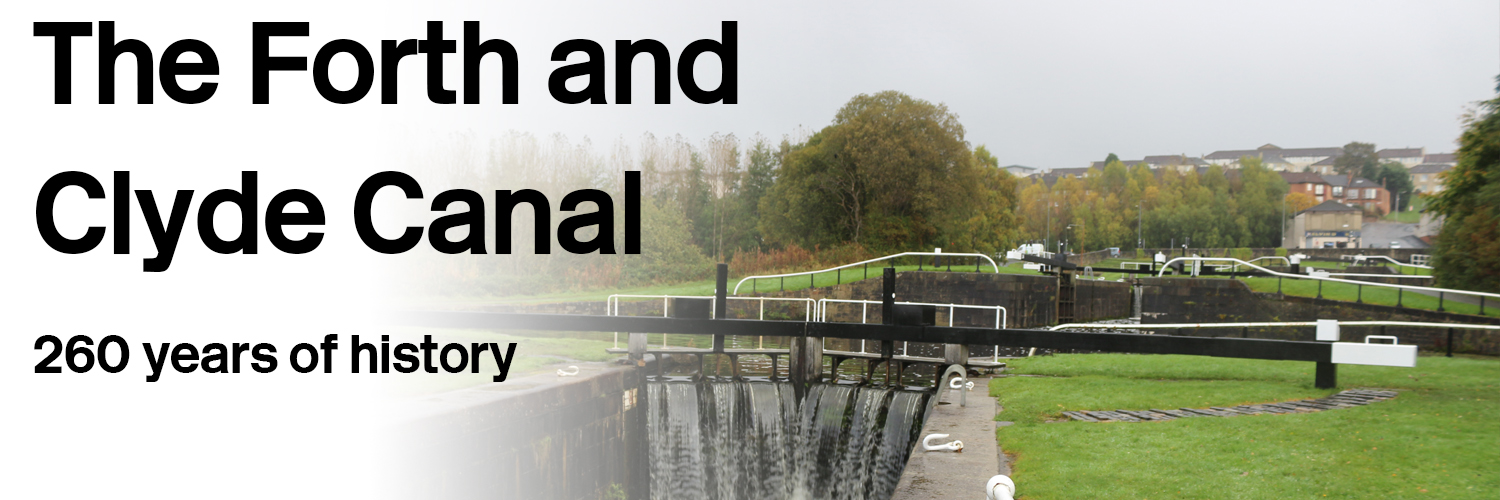
History
The Forth & Clyde is 56 miles (35 km) long from Grangemouth on the Firth of Forth to Bowling on the Firth of Clyde. During 1763 the surveying of the land for the canal commenced by Civil Engineer, John Smeaton. The construction began in June 1768, with some financial difficulties the canal opened in 1790, once completed this was the first “sea to sea canal link” to be built. In 1777 a branch was added to Port Dundas called the Glasgow Branch, soon after the Monklands Canal was joined to the Port Dundas Basin in 1793, and the Union Canal at Camelon in 1822
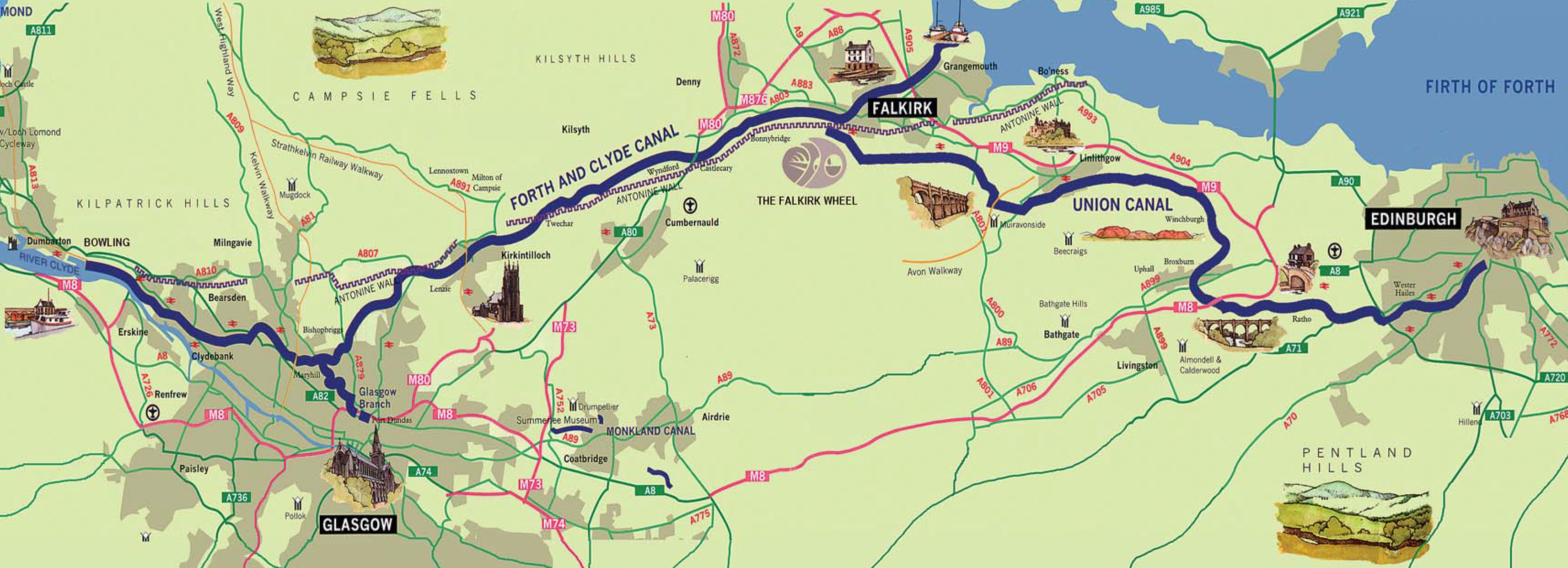 Map of the Lowlands Canals 2003 (The Forth and Clyde Canal, Monklands Canal and Union Canal) – (Credit British Waterways)
Map of the Lowlands Canals 2003 (The Forth and Clyde Canal, Monklands Canal and Union Canal) – (Credit British Waterways)
Canal map of scotlands canals - 1956
The Forth and Clyde was originally constructed to provided a waterway link from the Forth to the Clyde. The canal was originally conceived as a way to transport goods such as coal, iron, and timber from the rich resources of the west coast to the rapidly growing markets of the east coast. At the time of being built the only means of transporting goods was via road and this was slow and expensive or by boat around the north of Scotland.
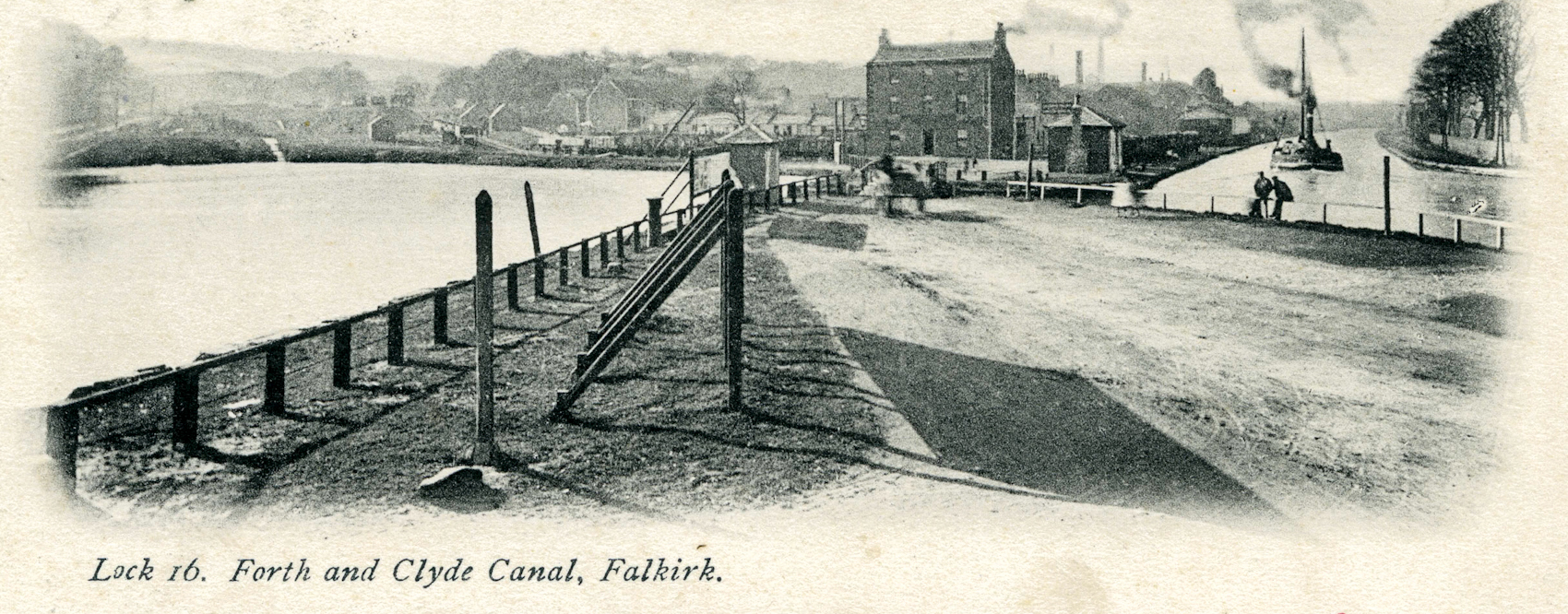
Lock 16 on the forth and Clyde canal (the Union Inn, this was the original place where the Forth and Clyde linked with the Union Canal)
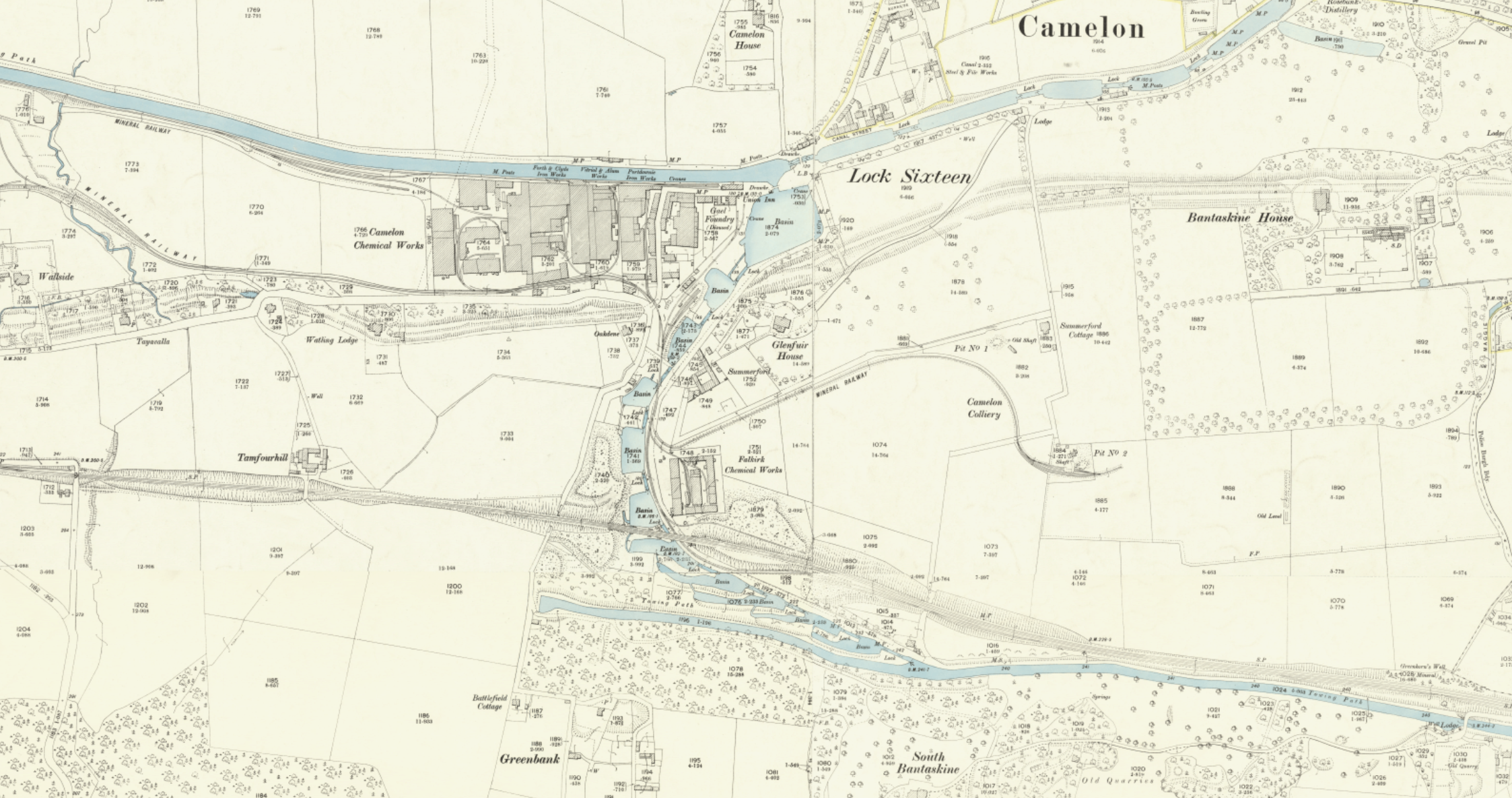 Map showing the link between the Forth and Clyde and the Union Canal
Map showing the link between the Forth and Clyde and the Union Canal
(Credit National Library of Scotland)
The canal was bought by Caledonian Railway in 1867 (as a condition of buying the Port of Grangemouth). The ownership changed again when the London Midland and Scottish Railway bought the company in 1923 as part of the reorganisation of the railways under the Railways Act 1921(also known as the Grouping Act). In 1948 ownership transferred to the newly formed British Transport Commission (The British Transport Commission was formed by Clement Attlee's post-war Labour government as a part of its nationalisation programme, to oversee railways, canals and road freight transport in Great Britain under the Transport Act 1947). This remained the case until 1962 when control passed to the British Waterways Board (Under the Transport Act 1962, the British Transport Commission was split into several new organisations, including the British Railways Board and the London Transport Board, with the inland waterways of Britain becoming part of the new British Waterways Board
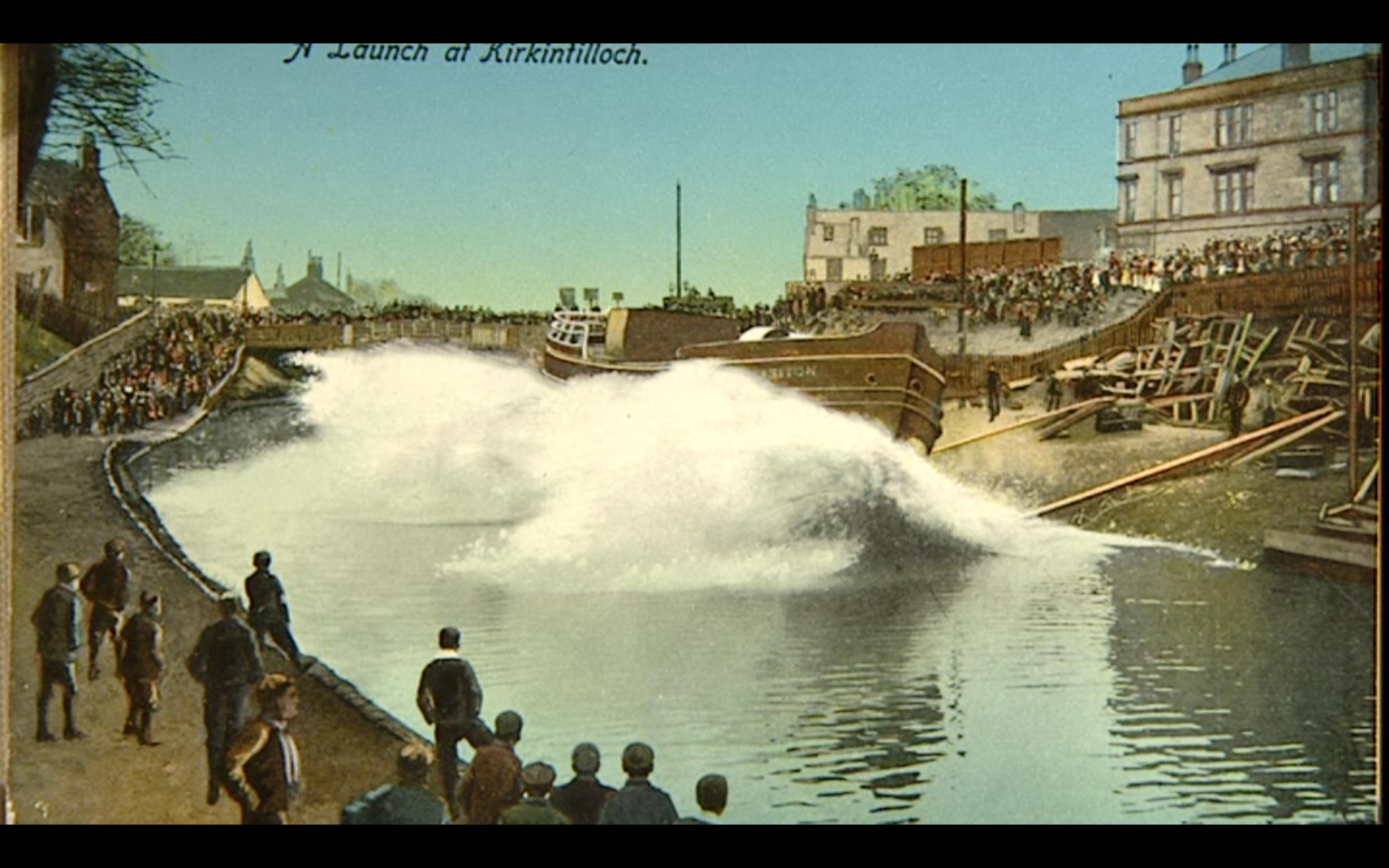
Launch of a puffer at Kirkintilloch
In 1963 the canal was closed under the Forth and Clyde Canal (Extinguishment of Rights of Navigation) Act 1962. (The act was passed in response to declining use of the canal and increasing maintenance costs, which made it difficult to keep the canal in operation).The main reason was the construction of the A80 (Now the M80) at Castlecary this started the closure of the canal and closed the first “sea to sea canal link”. The board was authorized to carry out any necessary works to maintain the canal for use as a water supply, but was not required to maintain the canal for navigation. The closure of the canal was controversial at the time, as many people saw it as the loss of an important historical and cultural resource. However, the canal was in a state of disrepair and was not considered economically viable to maintain for navigation.
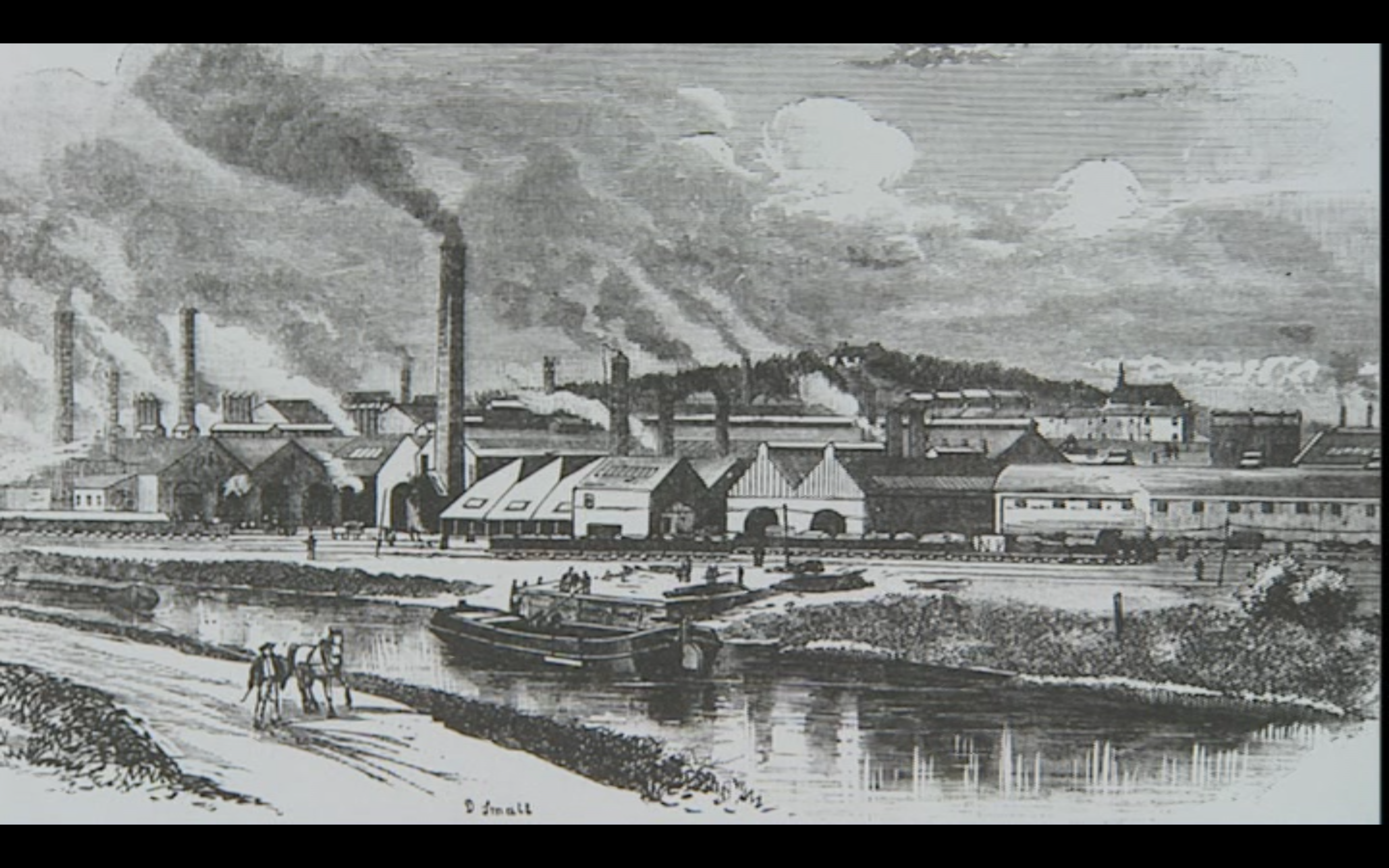
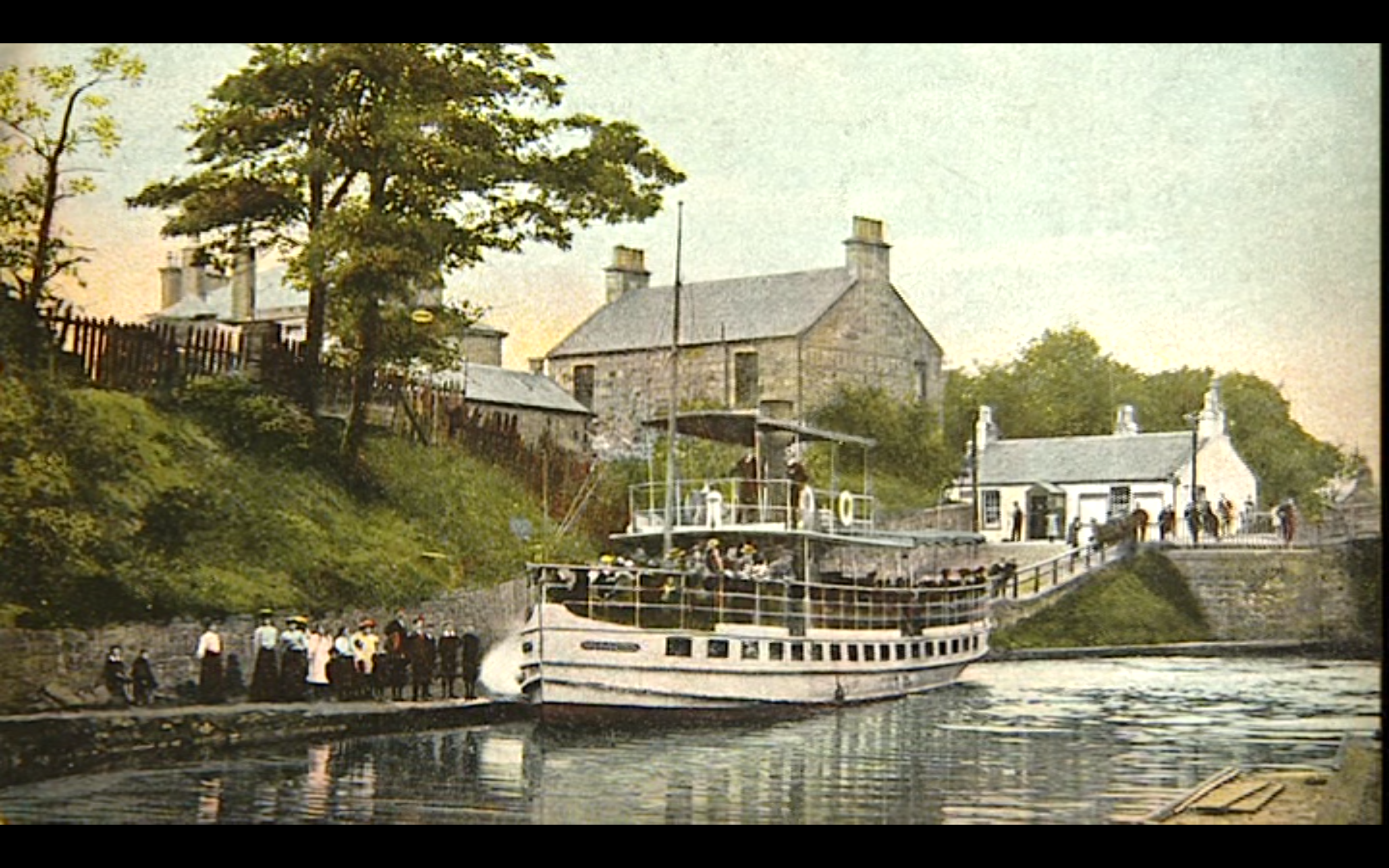
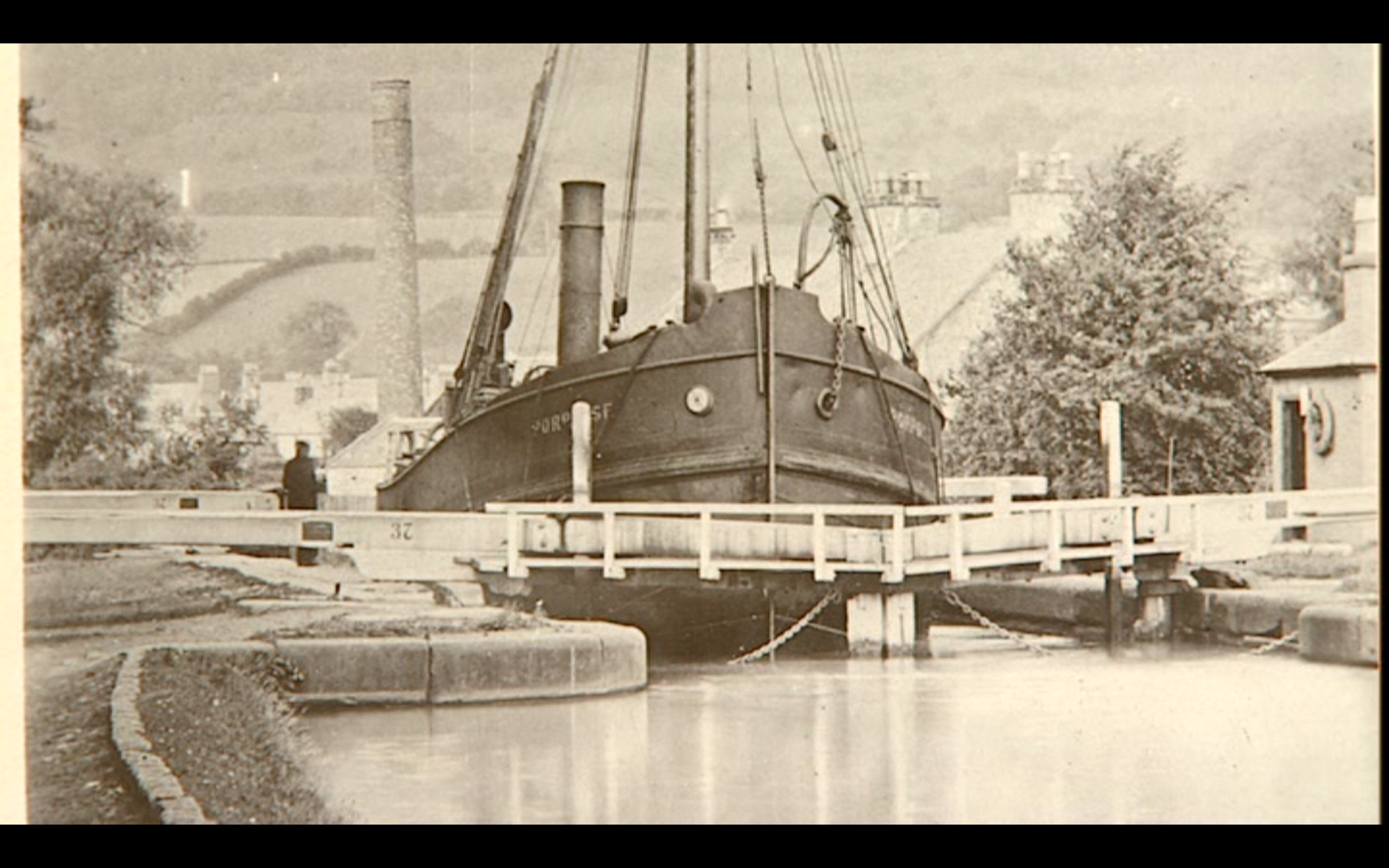
During the time the canal was closed the Scottish Inland Waterways Association (formed in 1970) started to clean up the canal, (April 1980 the Forth and Clyde Canal Society was formed). The new group started lobbying for the repair and reopening of the canal and with increased use and improvements and repairs the British Waterways board applied for funding from the National Lottery, Millennium Commission to complete the restoration this project was named the Millennium Link. Dubbed the ‘Peoples’ Project’, The Millennium Link was the biggest canal restoration ever and reunited the canals’ historic link between Glasgow and Edinburgh after a break of 70 years. Commencing in 1999, the three-year construction process made the two centuries-old waterways navigable once more and created a catalyst for regeneration across 68 miles (110km) of Scotland. The Millennium Link received £33.8 million and additional funding from seven local authorities; Scottish Enterprise Network; the European Regional Development Fund; and project manager, British Waterways. The canal reopened in May 2001 with the The Millennium Link at The Falkirk Wheel in May 2002.
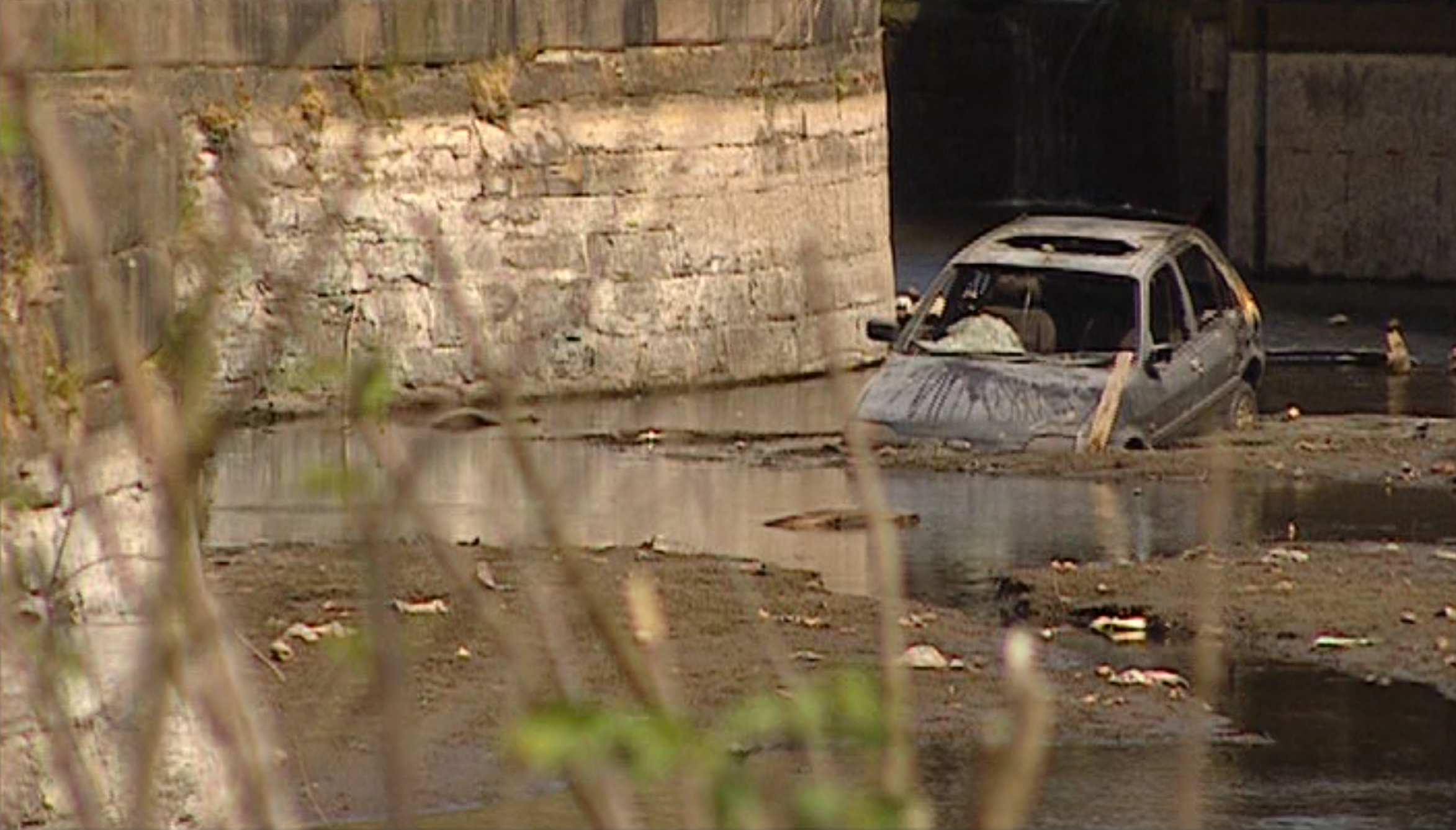
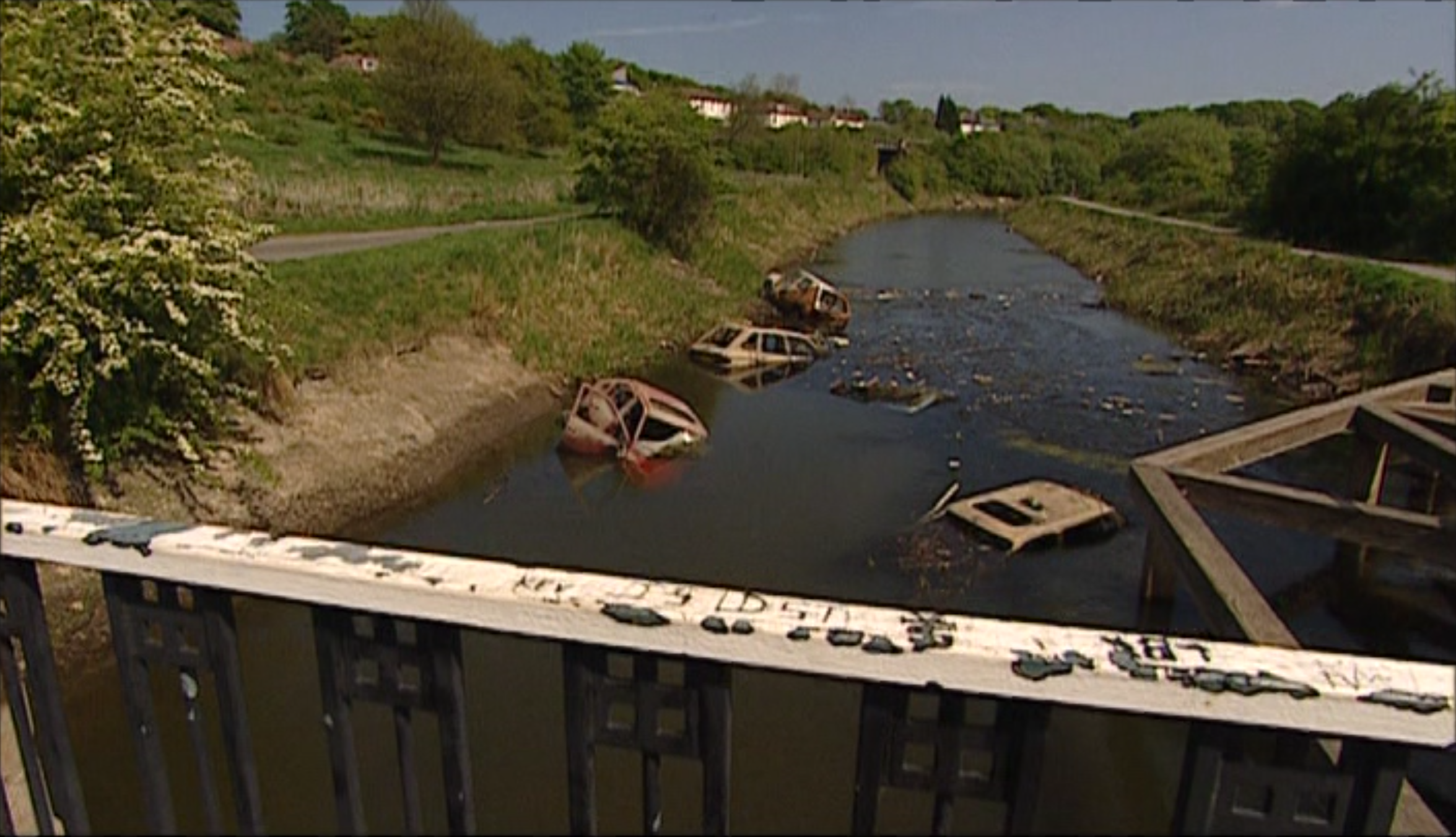
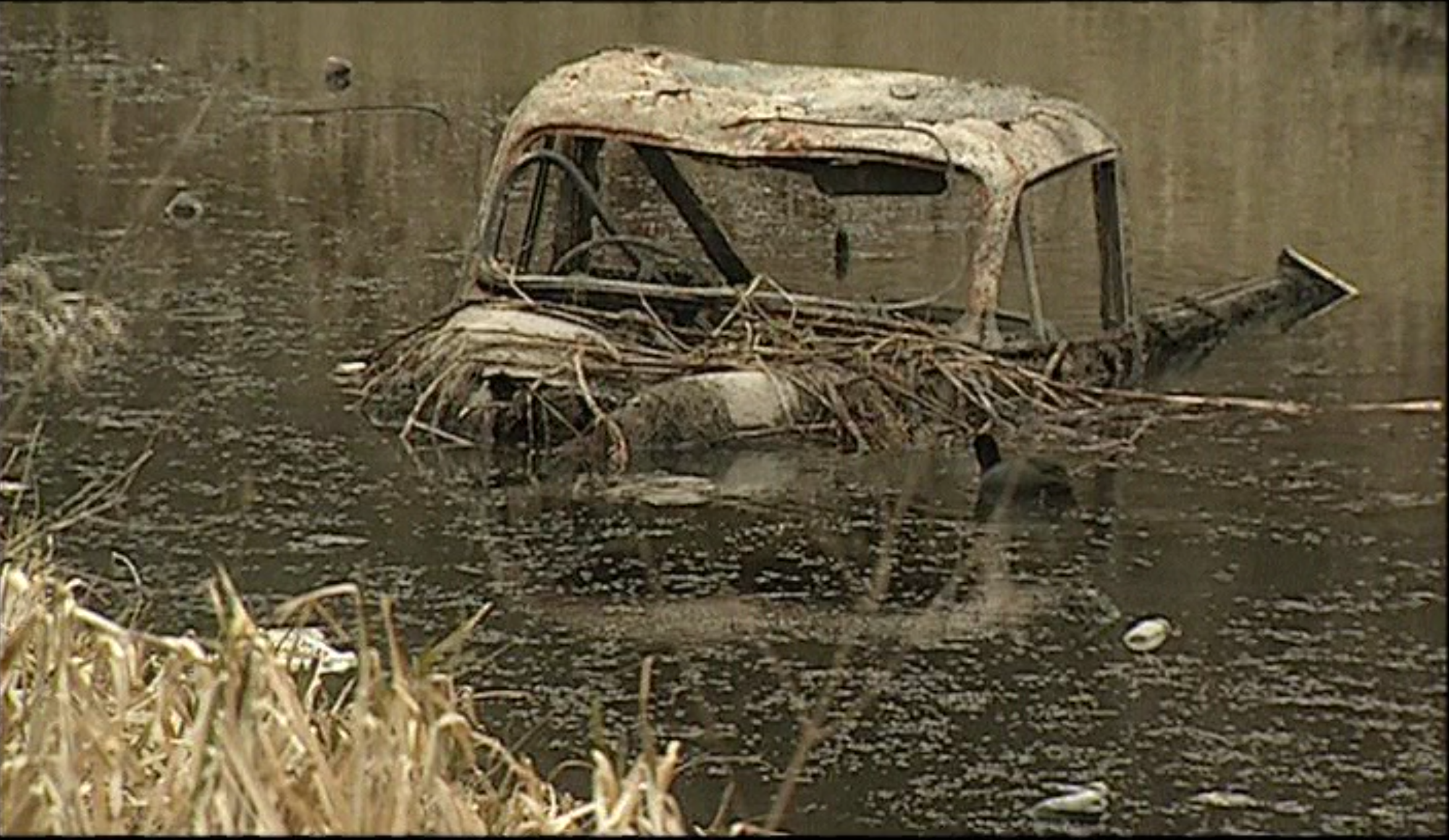
State of the Lowland Canal network Before Restoration
The Millennium Link involved creating a new link with the River Forth at Grangemouth as well as the construction of new locks and the renovation of existing structures along the canal. The most significant part of the project was the relinking of the Forth and Clyde with the Union Canal at Falkirk with the building of the Falkirk wheel.
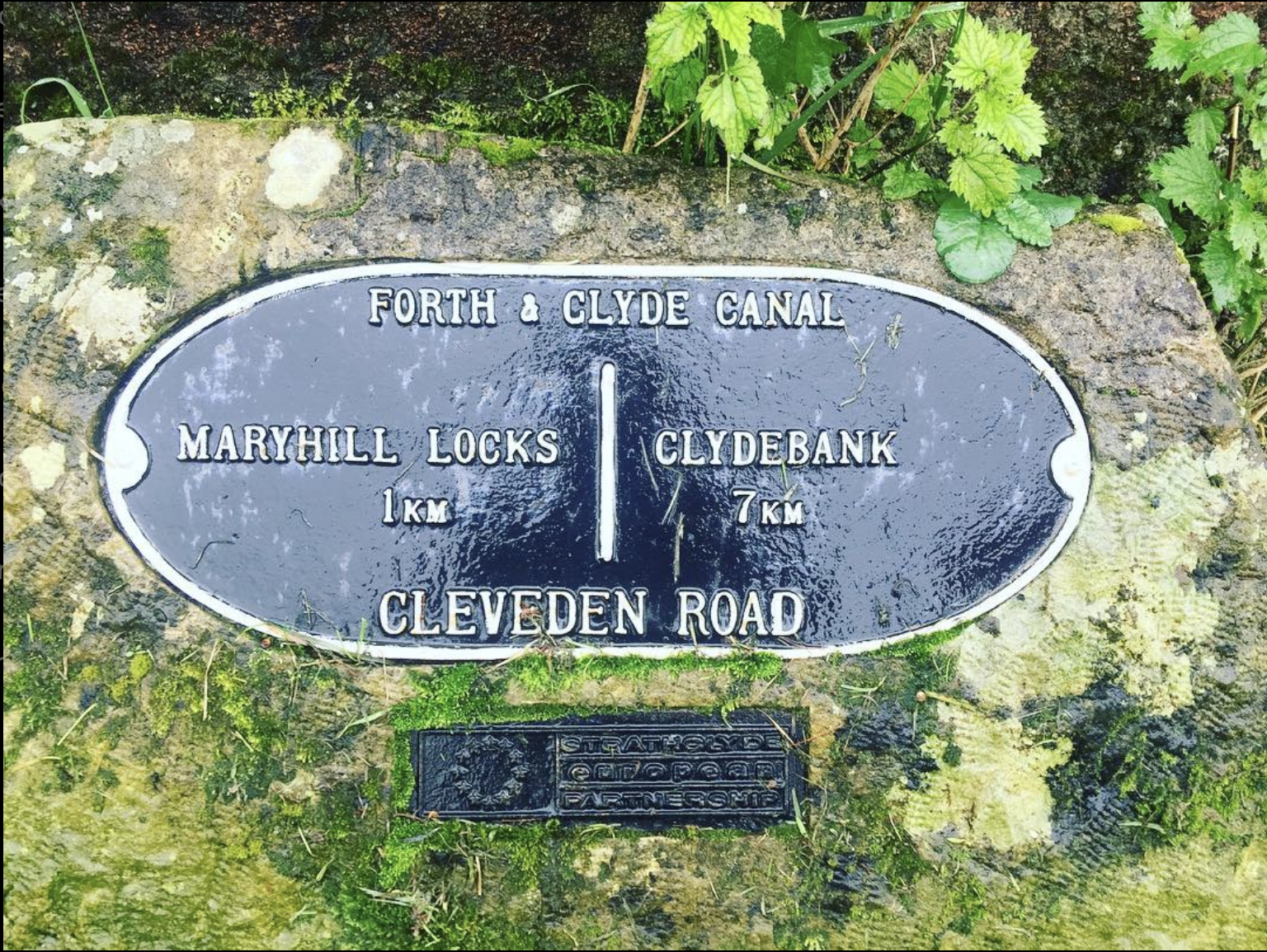
Sign marking the distance between the Maryhill Lock and Clydebank
Completing The Millennium Link, brought back 110 km (69 miles) of canal and towpath back to life involved:
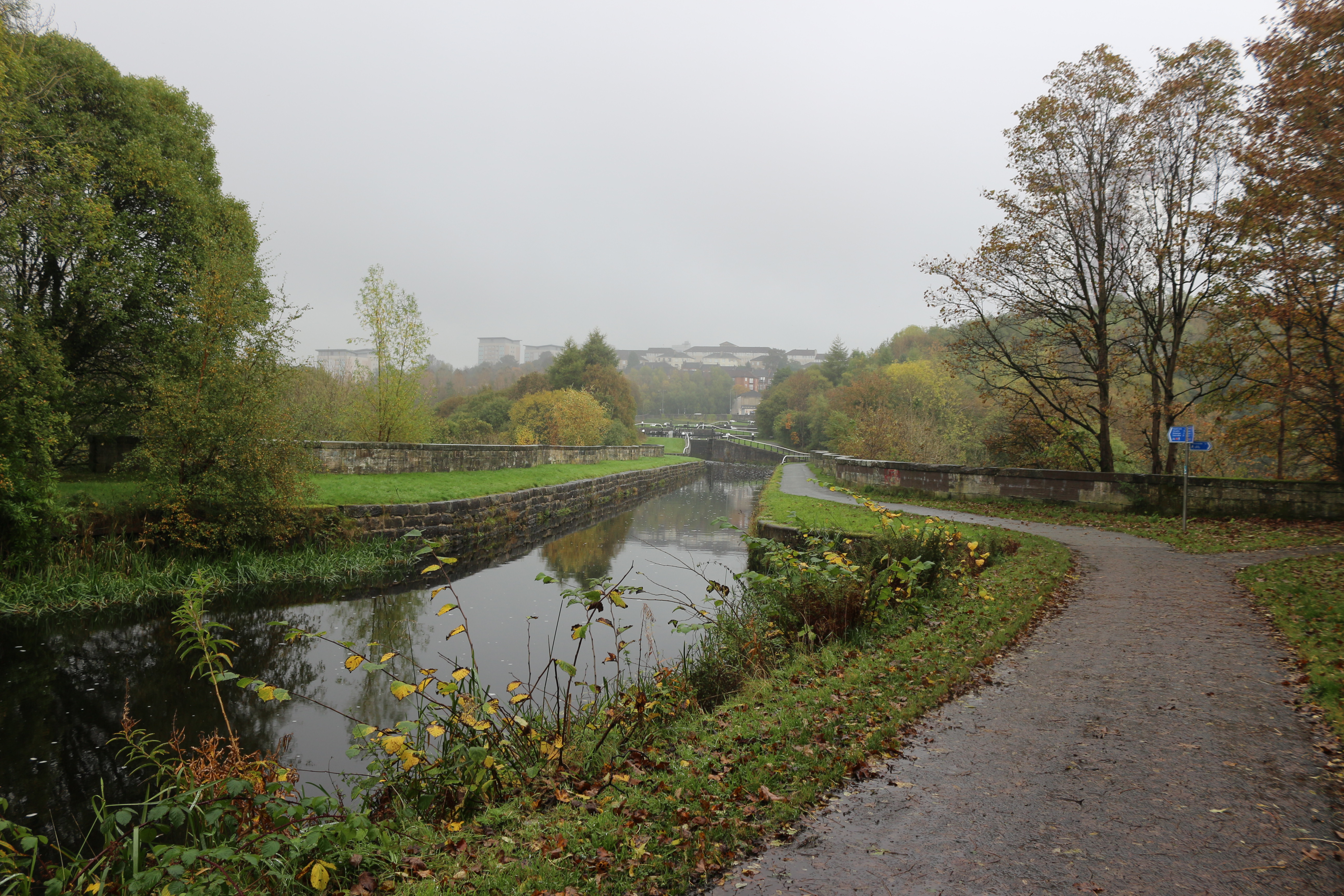
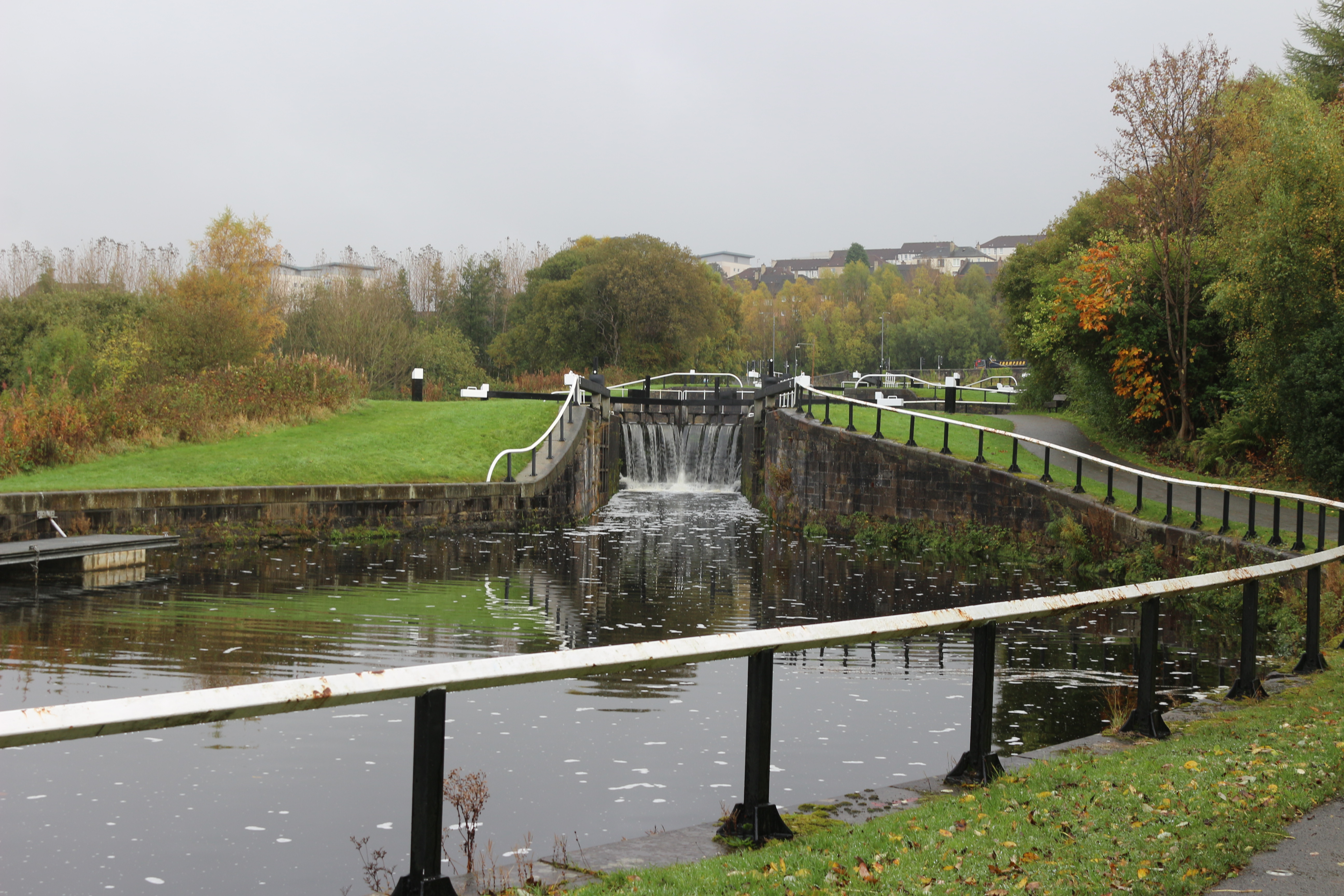
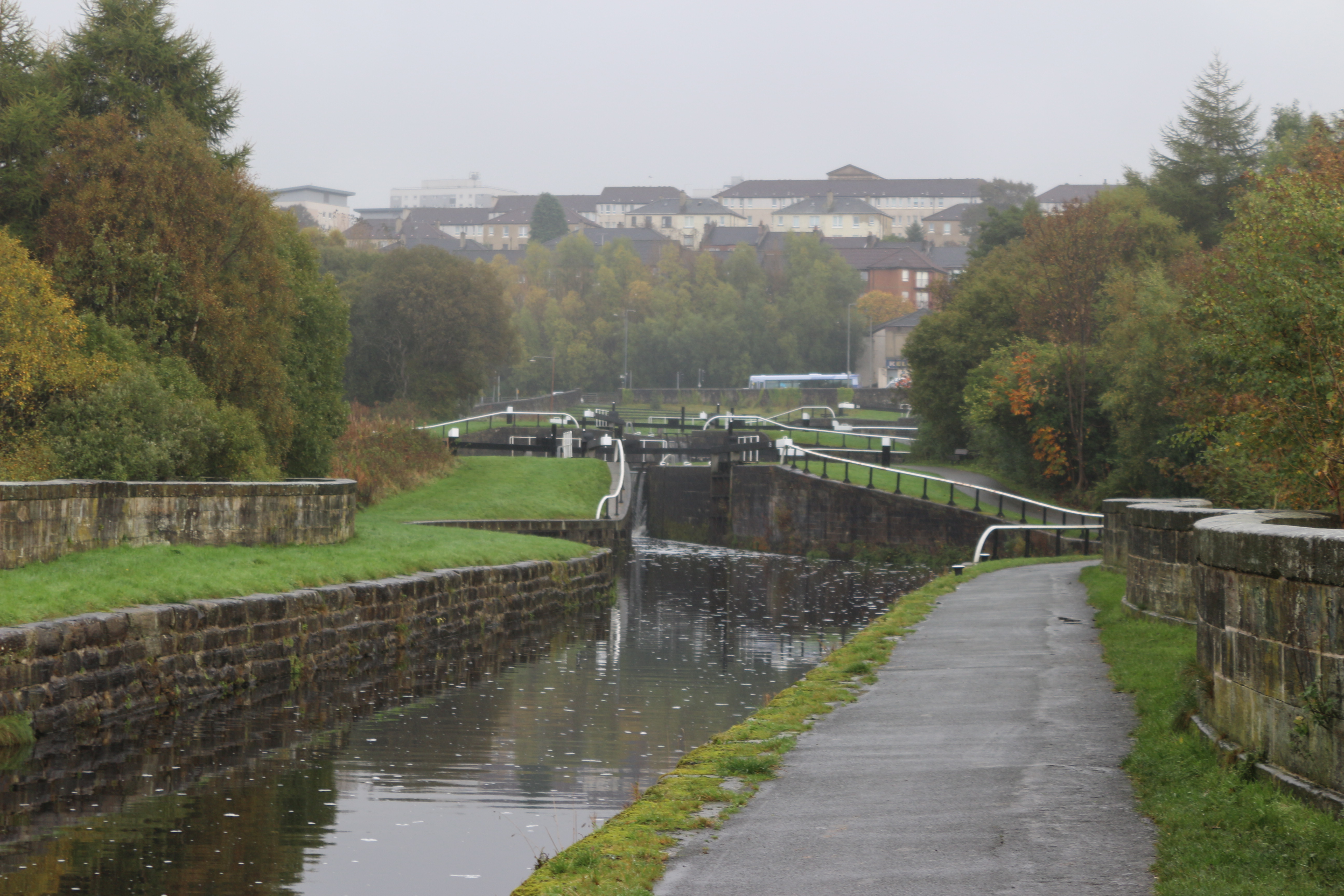
Maryhill Lock 25 - 2017
The Vulcan
The Vulcan boat was first started to be built in 1818 by Thomas Wilson and Coatbridge blacksmiths Thomas and William Smellie at Faskine in Airdrie. This was completed in September 1819, the Vulcan was the first iron hulled bot to be built in Scotland. The thinking of building an iron boat was the wooden hulled boats were being damaged when the canal had frozen over, This affected all traffic between Port Dundas (Glasgow) and Lock 16 (Falkirk). The main driving force came from. scientist John Robison, who sat on the management committee of the Forth and Clyde Navigation
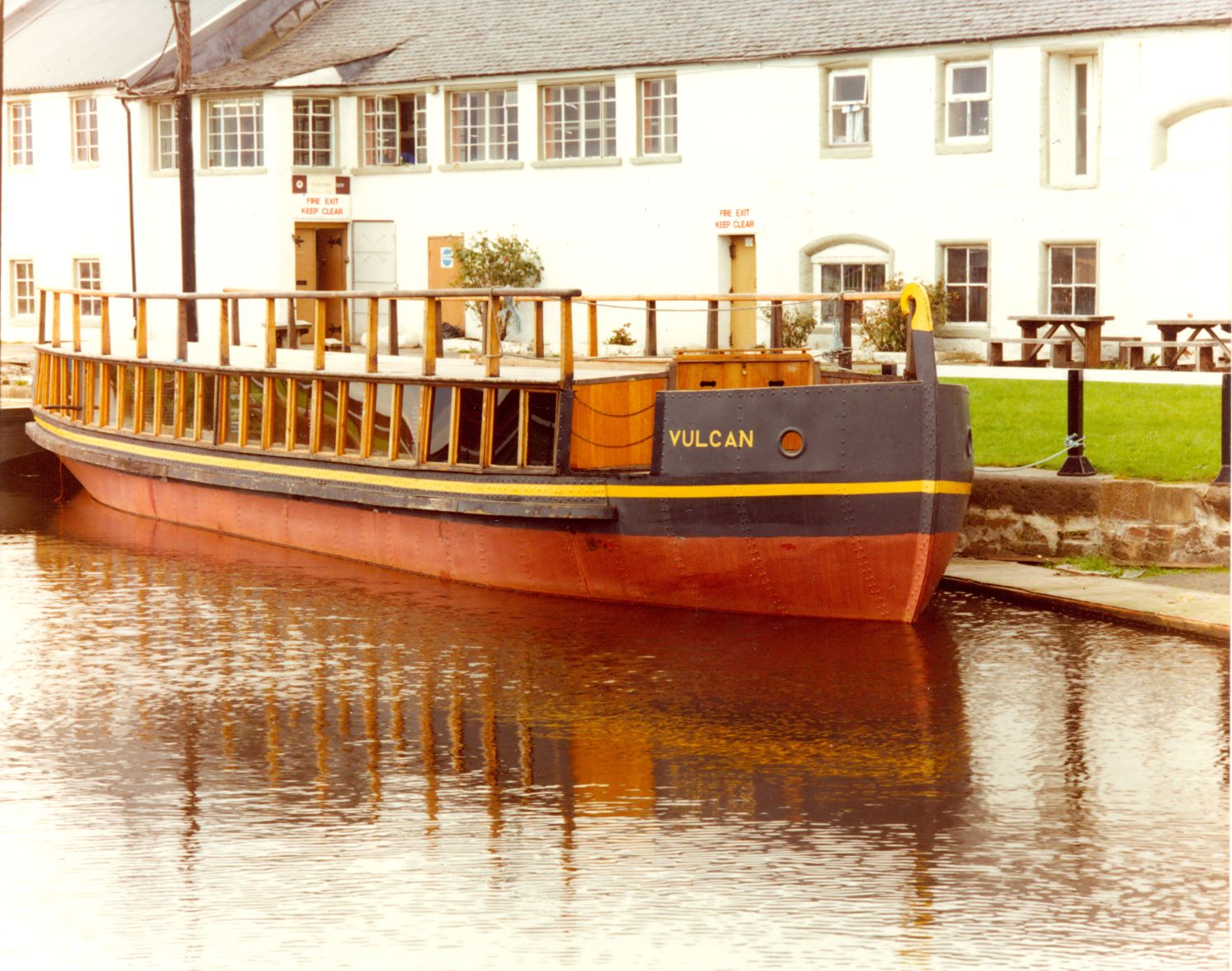
Replica Vulcan boat on the Forth and Clyde canal outside the British Waterways Scotland HQ late 1980’s (Credit NLC Museums)
The Charlotte Dundas
The Charlotte Dundas was first planned in 1800 Sir Thomas (Lord) Dundas, Governor of the Forth & Clyde Canal Company to build the first commercial steamboat on the Forth and Clyde canal. She entered passenger service in 1903. n March 1803 the Charlotte Dundas towed two 70-ton barges 30 km along the Forth and Clyde, and despite "a strong breeze right ahead" it took only nine and a quarter hours. the plan to introduce more steam powered boats were thwarted, largely by fears of erosion of the banks the project ended with the Duke of Bridgewater's death a few days before the March trial. She was left at Bainsford (Near Falkirk) until she was broken up in 1861.
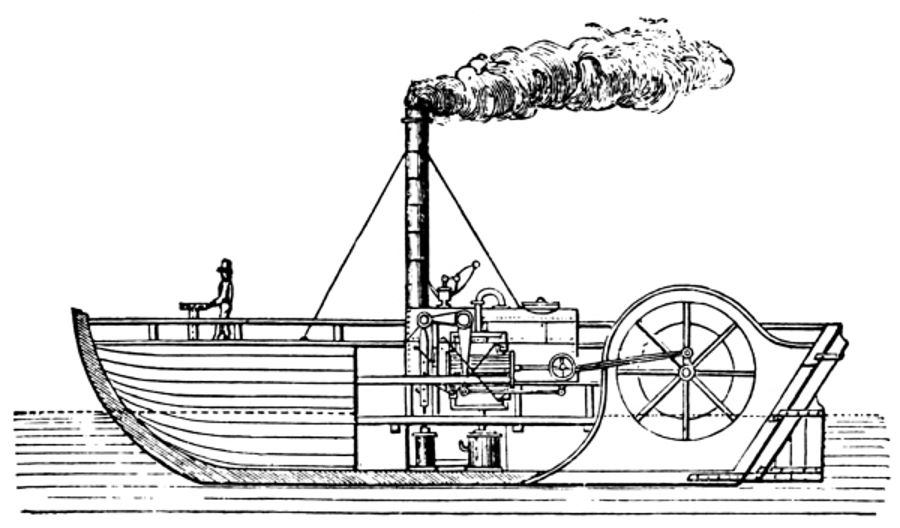
Drawing of the Charlotte Dundas
Lock network and how a lock works
There are 39 locks on the Forth & Clyde Canal, as follows:
1 – New River Carron Sea Lock (The Helix Canal Extension – beyond The Kelpies)
2 – Basin Moorings (Sea Lock)
3 – Carron Cut Lock
4 – Abbotshaugh Lock
5 – Bainsford Lock
6 – Grahamston Iron Works Lock
7 – Merchiston Lock
8 – Merers Lock
9 – Camelon Railway Lock
10 – Camelon Lock
11 – Rosebank Lock
12 – Camelon Lock No. 12
13 – Camelon Lock No. 13
14 – Camelon Lock No. 14
15 – Falkirk Wheel
16 – Falkirk Bottom Lock No. 16
17 – Underwood Lock No. 17
18 – Allandale Lock No. 18
19 – Castlecary Lock No. 19
20 – Wyndford Lock No. 20 (summit level)
21 – Maryhill Top Lock No. 21 (summit level)
22 – Maryhill Lock
23 – Maryhill Lock
24 – Maryhill Lock
25 – Maryhill Bottom Lock No. 25
26 – Kelvindale (Temple Lock No. 26)
27 – Temple Lock No. 27
28 – Cloberhill Top Lock No. 28
29 – Cloberhill Middle Lock No. 29
30 – Cloberhill Bottom Lock No. 30
31 – Cloberhill Lock No. 31
32 – Cloberhill Lock No. 32
33 – Boghouse Top Lock No. 33
34 – Boghouse Middle Lock No. 34
35 – Boghouse Lower Lock. 35
36 – No. 36
Drop Lock – Dalmuir Drop Lock (constructed recently to take navigation below bridge)
37 – Old Kilpatrick
38 – Dalnottar Lock No. 37
39 – Bowling Lock No. 38
The overall ruling dimensions are length: 68 feet 7 inches (20.90 m); beam: 19 feet 9 inches (6.02 m); draught: 6 feet 0 inches (1.83 m); headroom: 9 feet 1 inch (2.77 m), but at the western end larger vessels may use the Bowling basin.
Forth and Clyde Canal and Ubion Canal Skippers Guide - British Waterways Scotland (PDF File)
Futher Reading
Forth and Clyde Canal Handbook - Published by The Forth and Clyde Canal Society
Millennium Link Project - British Waterways(PDF File)
Exploring the Millennium Link - British Waterways(PDF File)
Canal Wildlife - British Waterways(PDF File)
British Waterways Scotland Handbook - British Waterways(PDF File)
Information From
Scottish Canals
British Waterways Board
British Waterways Scotland
North Lanarkshire Council
Forth and Clyde Canal Society
Visit Falkirk
Falkirk Council
Friends of the Charlotte Dundas
West Dunbartonshire Council
Weatherspoons
Canal and River Trust